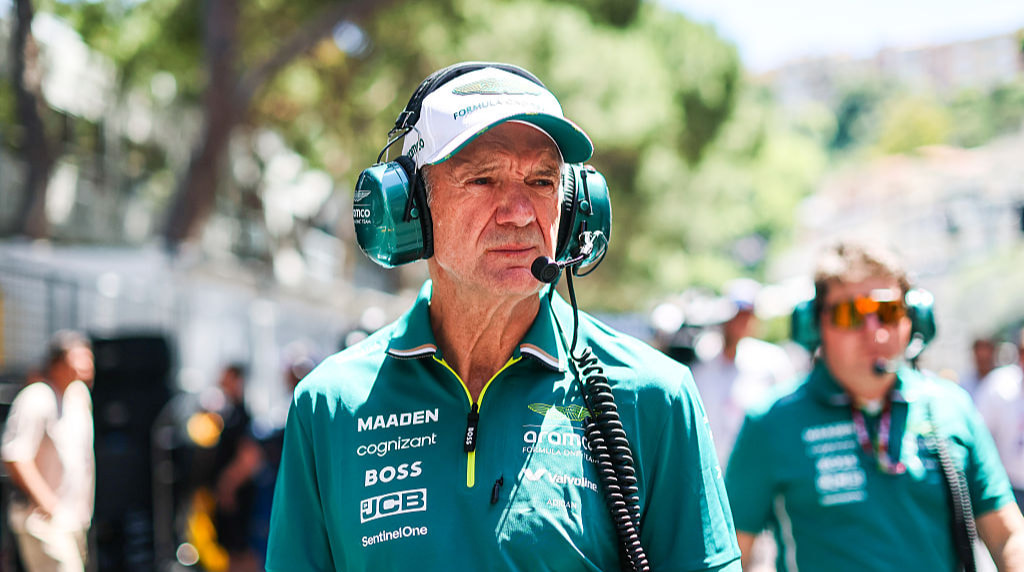The Online-Casinos.com News in 2026
Welcome to the news hub of Online-Casinos.com. Here we cover all the latest developments concerning online gambling. Our news team will bring you current updates about legislation, casinos, sports, poker, as well as expert analysis and fun trivia from across the gambling industry.
Players at UK online casinos are getting the chance to spin the reels on Cash Strike X-Cash by Blueprint Gaming, which includes the Cash Strike Bonus round to enjoy. Cash Strike X-Cash in Brief: Release Date: 20 January 2026 Type: Video Slot Theme: Money Software Studio: Blueprint Gaming RTP: 95.02%...
Flutter continues to give to good causes and takes millions of bets, but its share...
Chairman Michael Dugher is leaving the Betting and Gaming Council after six years with the...
Monopoly Money Line is the latest online slot to be themed to the hugely popular...
Yggdrasil Gaming’s Raptor slot game was a big hit for the company, which is bringing...
Fun slot features like a Spirit Wheel and two types of bonus modes – Odoodem...
Avalanche win mechanics and exciting slot features like Thunder Surge will be available to UK...
Red Bull’s Max Verstappen is Formula 1’s 2026 betting favourite, but Damon Hill warns Adrian...
Grunt Gold is a new fantasy-themed slot with a standard RTP of 96.22% and two...
Lucky Fortune Tree by Pragmatic Play is a straightforward slot game offering promising win potential,...
Play’n GO’s newest slot, Mole Digger, was released on 8 January 2026. It is a...
One of BGaming’s newest slots, Treasure Explorer, was released on 8 January 2026. Adventure into...
The UKGC’s new ban on mixed-product advertising starts on January 19 for gambling operators. Key...
 Blueprint Unveils New Cash Strike X-Cash Slot Game
Blueprint Unveils New Cash Strike X-Cash Slot Game
 Flutter Gave Big to Charity and Turned Over Plenty in 2025
Flutter Gave Big to Charity and Turned Over Plenty in 2025
 The Betting and Gaming Council’s Popular Chairman Steps Down
The Betting and Gaming Council’s Popular Chairman Steps Down
 Play NetEnt’s New Monopoly Money Line Slot on 15 January
Play NetEnt’s New Monopoly Money Line Slot on 15 January
 Yggdrasil Unveils Long-Awaited Slot Sequel Raptor 2
Yggdrasil Unveils Long-Awaited Slot Sequel Raptor 2
 Kitsune Studios Releasing Totem Poles New Slot on January 14
Kitsune Studios Releasing Totem Poles New Slot on January 14
 Slotmill Releases Tiki Thunder at UK Slots Sites
Slotmill Releases Tiki Thunder at UK Slots Sites
 Punters Are in a Quandary as Formula 1 Introduces New Rules
Punters Are in a Quandary as Formula 1 Introduces New Rules
 Bullshark Games Released Grunt Gold on 13 January 2026
Bullshark Games Released Grunt Gold on 13 January 2026
 Pragmatic Play Released Lucky Fortune Tree on 12/01/2026
Pragmatic Play Released Lucky Fortune Tree on 12/01/2026
 Play’n GO Released Mole Digger on 8 January 2026
Play’n GO Released Mole Digger on 8 January 2026
 BGaming Released Treasure Explorer on 8 January 2026
BGaming Released Treasure Explorer on 8 January 2026
 UKGC’s New Gambling Promotions Ban Coming into Effect
UKGC’s New Gambling Promotions Ban Coming into Effect